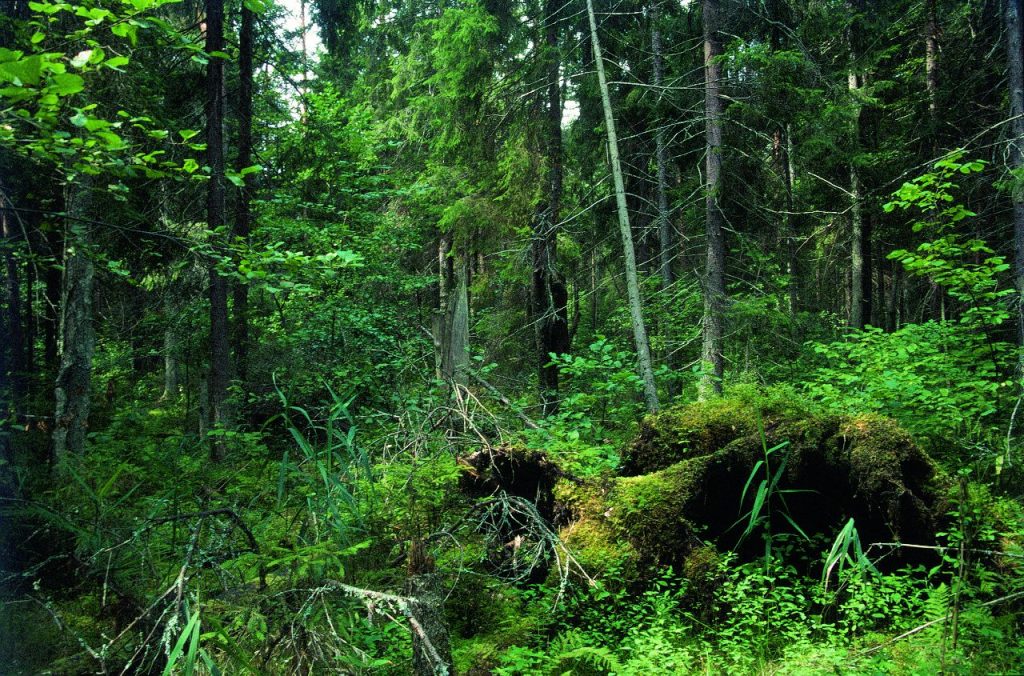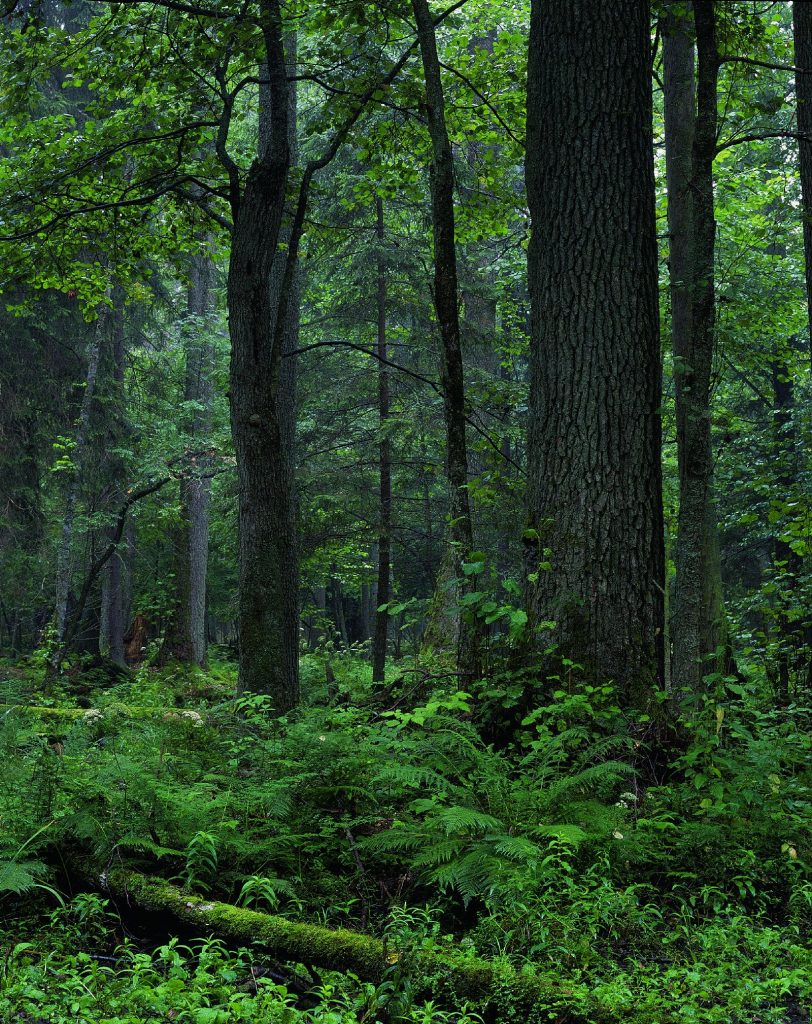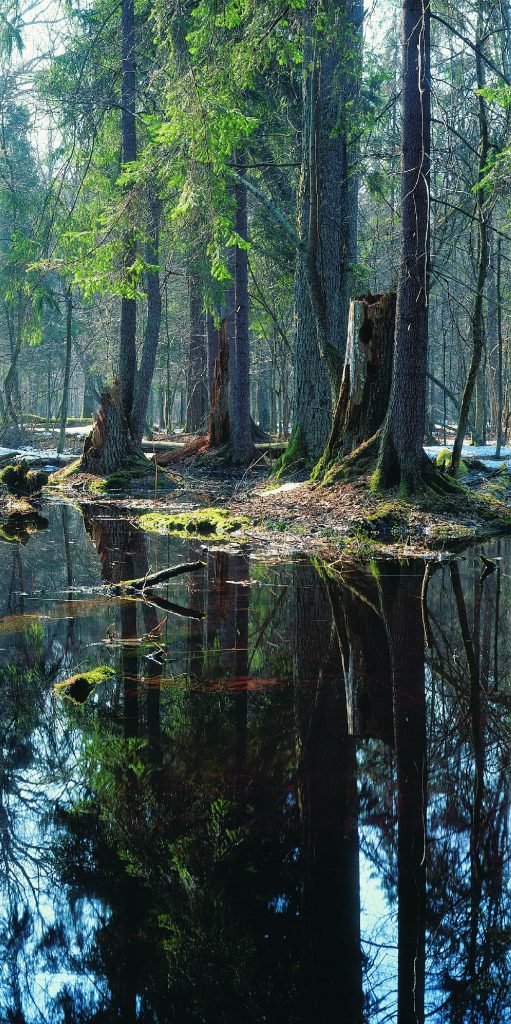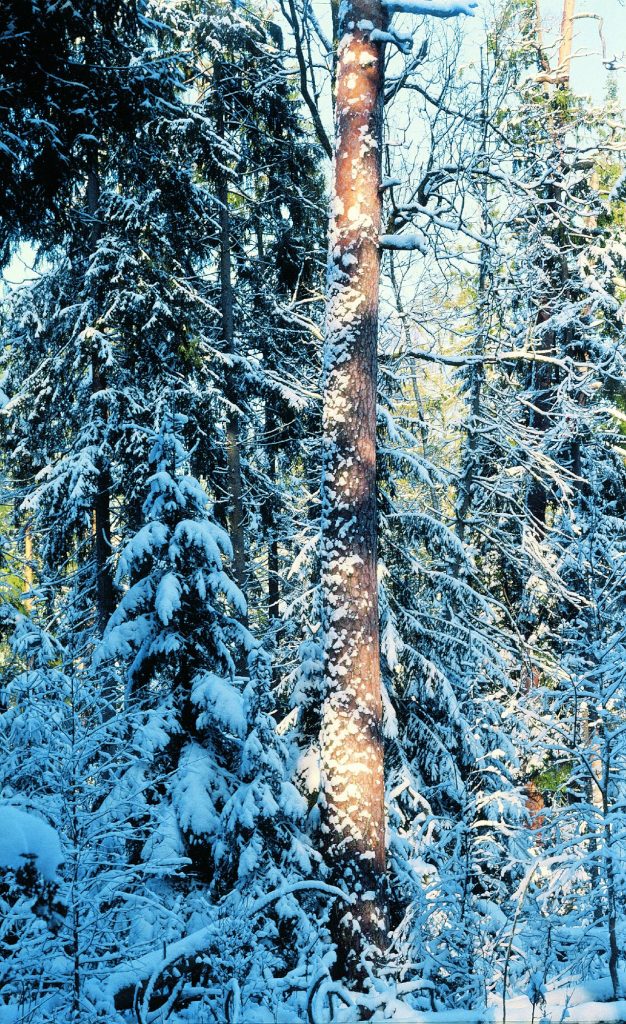Post-conference trip to the Białowieża Forest (19-22.06.2019)
We would like to invite you to spend with us two full days on the border area between Belarus and Poland in the one of the most fames forest worldwide, i.e. Bialowieza/Białowieża/Belovezhskaya Forest. We propose the following schedule for this trip:
19.06.2019 Wednesday
16:30 – Departure from Warsaw to Białowieża by bus
20.06.2019 Thursday
– Strict Reserve of the Białowieża National Park
– Narrow-gauge railway ride through the Białowieża Forest
21.06.2019 Friday
– The Managed part of the Białowieża Forest
– Visit to the European bison Show Reserve
– Discover Białowieża village by evening walk (the Białowieża Palace Park, the Orthodox Church of Saint Nicholas in Białowieża)
22.06.2019 Saturday
8:00 – Departure to the Warsaw Chopin Airport ( expected time ~ 1 p.m.)
The Białowieża Forest
Location
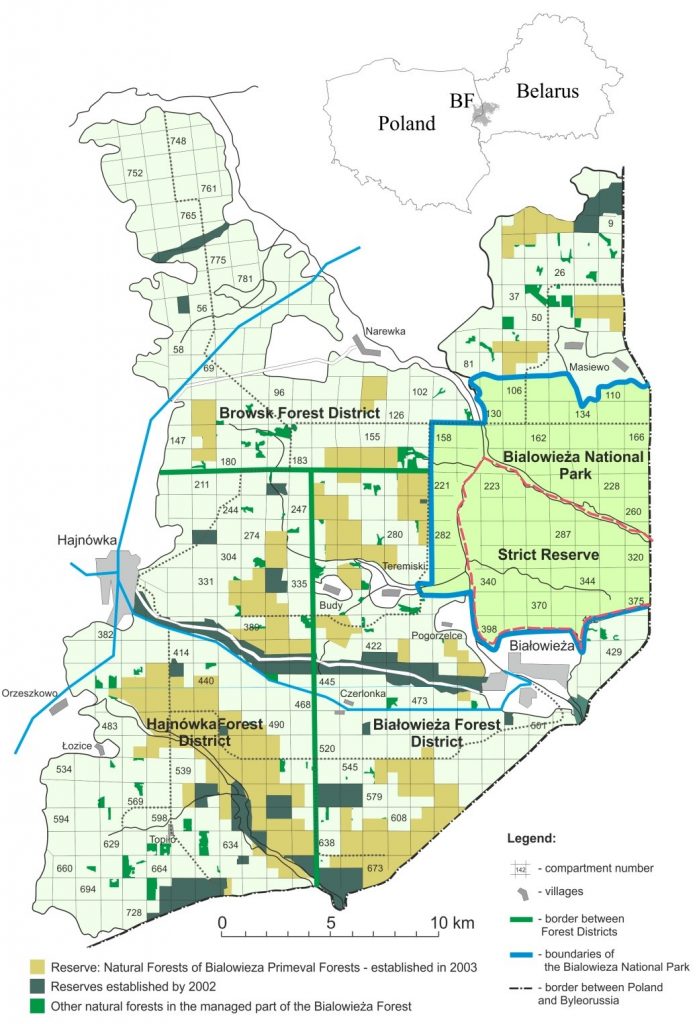
Białowieża forest covers 1450 km2 in total, of which 600 km2 is on the Polish side and the remaining 850 km2 on the Belarusian side.
For centuries from the 14th through to the early 20th centuries, Białowieża Forest enjoyed a status as an extensive hunting area that served to protect it from more-widespread colonisation, and from the commercial timber extraction that occurred in most European forests in similar climatic and topographic characteristics (Więcko, 1984; Samojlik et al., 2013).
Nowadays the Białowieża Forest is divided into the managed (Białowieża, Browsk and Hajnówkast Forest Districts) and unmanaged part (Bialowieża National Park).
During our trip we would like to give you the opportunity and chance to visit both very interesting and site-specific parts of the Bialowieża Forest.
Site and climate conditions
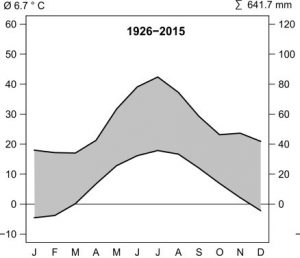
Regarding the eco-geographical futures, the Białowieża Forest is situated on a flat, undulating plain at between 135 and 190 m a.s.l., built from glaciofluvial sands, gravels and clays (Kwiatkowski, 1994).
The climate has features of both the Continental and the Atlantic character (Faliński, 1986). The average annual air temperature is 6.7°C, with the coldest month being January (-4.6°C) and the warmest July (18.2°C). Mean annual precipitation is of 640 mm, while snow cover lasts for 92 days a year on average.
Flora and fauna diversity
The characteristic futures of Białowieża Forest is extremely diverse flora and fauna. Here you can find many rare specimens that are, in many cases, located only in Białowieża Forets. The outstanding diversity is underlined by below numbers.
The characteristic futures of Białowieża Forest is extremely diverse flora and fauna. Here you can find many rare specimens that are in many cases located in Białowieża Forets. The outstanding diversity is underlined by below numbers.
Flora:
- Vascular plants – 775 species
- Fungi – 3000 species, incl. 430 species of mushrooms (macrofungi)
- Lichens – 277 species
- Mosses – 200 species
Fauna (12,000 species):
- Insects – more than 8,500 species
- Reptiles – 7 species
- Amphibians – 11 species
- Nesting birds – 120 species, inc. 9 species of woodpeckers, 12 raptor species (booted, short-toed and lesser spotted eagle), 7 owls, crane, black stork, hazel grouse, red-breasted and collared flycatchers, nutcracker
- Mammals – 44 species, including bison (more than 600 on the Polish side), elk, red deer, roe deer, wolf, lynx, beaver, otter, wild boar, 12 species of bat, northern birch mouse
Forest tree-stands
A characteristic feature of tree-stands in the Białowieża Forest is their considerable structural (species, tree-size, spatial) diversity. Across the whole range of variability in site conditions, the stands are usually mixed and consist of several species (with 2–4 main species). A further inherent feature of the stands in the Białowieża Forest is their marked differentiation in both age and size. Thus in many cases very small trees and majestic giants coexist all together. The wide spread of tree ages also finds its reflection in a diversified vertical stand structure.
A very important feature of the stands in the Bialowieża Forest is the presence of dead trees alongside living ones. Standing dead trees are a characteristic component of the landscape of this Forest. The pool of deadwood also includes trees that are now in a lying position and are being broken down and decomposed by a huge variety of different organisms – in particular a very rich array of different fungus species.
The diversity of stands within the Bialowieża Forest also includes some of simplified spatial structure. These are usually stands in a decline phase, which is to say that most trees are dead, while the young generation of trees is only developed to a limited extent. Here too, the vertical and species structure may be relatively simplified, given that the basic dominants here are just two species – hornbeam and lime. This state is mainly a reflection of three processes, i.e. the mass dieback of spruce due to the last very extensive outbreak of bark beetles; problems with the development of more shade intolerant species (like pine, oak and maple) as a reflection of very great herbivore pressure, and the considerable expansion of the aforesaid shade-tolerant species, i.e. hornbeam and lime (Bielak and Brzeziecki 2017).
For more information you are cordially invited to take part in the Białowieża trip!!!
Photos by Andrzej Keczyński



